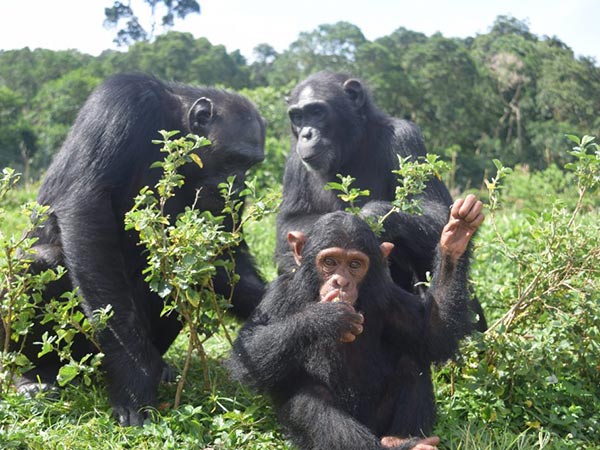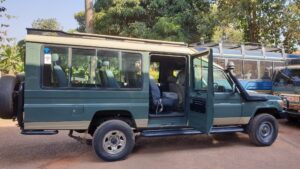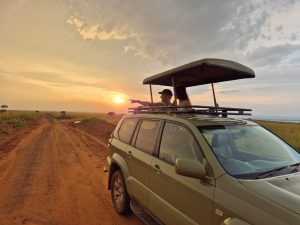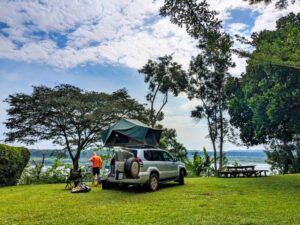Uganda is widely celebrated as one of the world’s premier primate destinations, boasting over half of the global population of mountain gorillas and nearly 5,000 chimpanzees. This remarkable concentration of great apes, combined with Uganda’s pristine rainforests and dedicated conservation efforts, makes it an unparalleled location for wildlife enthusiasts and researchers alike.
What is Habituation?
Habituation is the careful process of acclimating wild animals to human presence, allowing visitors to observe them at close range in their natural habitats without causing stress or disruption. This practice is critical for responsible ecotourism, enabling unforgettable encounters while ensuring the safety and well-being of the primates.
In Uganda, habituation sessions take place mainly in these renowned protected areas:
-
Bwindi Impenetrable Forest National Park
-
Mgahinga Gorilla National Park
-
Kibale Forest National Park (chimpanzees)
-
Budongo Forest Reserve (chimpanzees)
These tropical rainforest environments are not only home to gorillas and chimps but also a diverse array of monkeys, birds, butterflies, and unique tree species, creating a rich ecosystem for wildlife lovers.
Why is Habituation Important?
Historically, wild gorillas and chimpanzees were extremely wary of humans, making close encounters rare and unpredictable. Through years of dedicated habituation efforts, many gorilla families and chimpanzee groups have become accustomed to human observers, sometimes even approaching calmly without fear.
This has dramatically improved visitor experiences, increasing encounter success rates from approximately 40-50% in the past to as high as 90-100% today. The habituation process also enhances research opportunities and long-term conservation monitoring, contributing to the survival of these endangered species.
The Habituation Experience: What to Expect
Visitors participating in a gorilla or chimpanzee habituation experience are typically granted one hour to observe the animals up close in their natural environment. Given the physical demands of trekking through dense forests, this hour is deeply valued and often leaves a lasting impression on travelers.
Tracking gorillas and chimpanzees usually involves guided treks through challenging terrain on foot, with expert guides who are knowledgeable about primate behavior and forest ecology. Along the way, guests can also encounter a variety of wildlife species, native birds, and butterflies, enriching the adventure.
Additional Highlights and Cultural Encounters
Beyond the primates themselves, Uganda’s forest parks are cultural hotspots. Visitors often meet local communities such as the Batwa pygmies—an indigenous tribe with a rich history closely tied to the forest. Learning about their traditional lifestyles and stories adds an important human dimension to the safari experience.
Conservation Success and Tourism Growth
The success of habituation programs has directly contributed to the growth in Uganda’s primate tourism sector, placing the country firmly on the global map alongside Rwanda as the best destinations for gorilla trekking. These programs support local economies, drive conservation funding, and promote sustainable tourism practices that benefit both wildlife and people.
Planning Your Gorilla or Chimpanzee Safari in Uganda
If you are planning a gorilla trekking or chimpanzee tracking adventure, it’s essential to book permits and accommodations well in advance, as gorilla permits are limited and highly sought after. We can assist with all logistical arrangements, ensuring a seamless and memorable safari experience.
Contact us today at +256-700-135-510 or email to info@ugandacarrentalservices.com to discuss your itinerary, secure permits, and organize transportation and accommodation. Let us help you create an authentic, safe, and unforgettable primate encounter in Uganda.









Related Articles
Best Time to Visit Uganda for Safaris: Month-by-Month Guide
Why Choose a 4×4 Car Rental in Uganda for Your Safari Trip
Cheap Car Rental Uganda: Save Money Not Sacrificing Quality